Andhra Pradesh
Music
Introduction
A wide range of performing arts like dance, music and drama had been popularized by the state of Andhra Pradesh. The famous classical dance Kuchipudi has originated in Andhra Pradesh and been made familiar to the world. Andhra Pradesh plays a significant role in Carnatic Music also. The great Carnatic Music composers like Annamacharya, Bhadrachala Ramadas, Tyagaraja, Shyama Shastri all originating from Andhra Pradesh have also captivated the world with their unparalleled compositions.
- Karnātic music
- Karnātic Music is popular in the southern states of India such as Tamiḷ Nāḍu, Keraḷa, Āndhra Pradeśh and Karṇātaka. It is one of the richest and the most ancient musical traditions of the world. Āndhra Pradheśh has played a vital role in establishment of Carnatic music, as Telugu language is the essence of Carnatic music. The basic form of Karnātic Music is a monophonic song with spontaneous deviations. Some of the renowned contemporary vocalists are Dr.Pinākapāṇi, Voleti Venkateśhwarulu, Mangaḷampalli Bālamuraḷikriṣhṇa, Nedunuri Kriṣhṇamūrthy, Śhrīrangam Gopalaratnam, Sarangapani and Nookala Chinna Satyanarayana. Stalwarts of instrumental music are Dhwāram Venkatasāmi Naidu (Violin), Chiṭṭibābu (Vīṇā) and Émani Śhankara Śhastri (Vīṇā) have also garnered recognition.
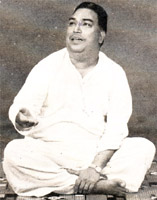
- Film music
- Susarla Dakṣhiṇamūrthi and Mangalampalli Bālamuraḷikriṣhṇa are considered to be one of the influential music composers of south Indian cinema to receive international recognition. Music composers such as Pendyāla Nāgeswara Rao , R. Sudarśhanam and R. Goverdhanam duo made contribution to folklore films.
- Pithapuram Nāgeswara Rao , Mādhavapeddi Sathyam , P . Ādhinārāyaṇa Rao , Gāli Penchala Narasimha Rao , Chellapilla Sathyam , P . B . Śhrīnivas , S . P . Kodhanḍapāṇi , G . K . Venkatesh , S . Hanumantha Rao , etc were pioneers of Telugu film music and play back singing.
- Ghanṭasāla , Dr.P.B.Shrinivas, S . P . Bālasubramaṇyam , P . Sushīlā , S . Jānaki , M . M . Kīravāṇi , etc are some of the known music artists from Āndhra Pradeśh to receive National recognition.
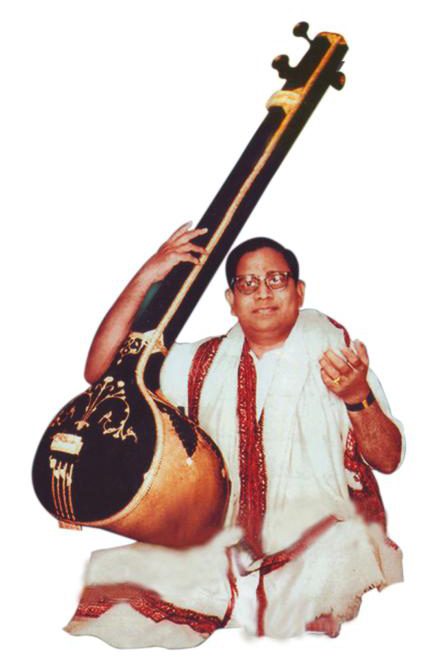
- Other prominent Telugu film score and soundtrack composers of the present include K . Chakravarthy , Maṇi Śharma , Devi Sri Prasād , Mickey J Meyer , Ramaṇa Gogula , R . P . Patnaik , Chakri ( music director ) , Kalyāṇi Malik , S . V . Kriṣhṇa Reddy , Vandhemātharam Srīnivās and Sri Kommineni
Dance
Introduction
Dance also occupies an important place in the performing arts of Āndhra Pradheśh. As a performing art, dance is the most fascinating. Few dance forms which occupy an eminent place in the state are briefly narrated below:
Classical Dance:
- Kūchipūḍi
- The Kūchipūḍi dance originated in the Kriṣhṇa district of Āndhra Pradheśh. Kūchipūḍi is a perfect blend of music and abhinaya. The dance form of Kūchipūḍi is accompanied by musical instruments like Mrudhaṅgam, Manjira (Thāḷam), Vīṇā, Violin, Kanjīra, Surpéṭi, Veṇu and Tānpura. While performing the Kūchipūḍi, dancers use quick rhythmical footwork and artistic body movements. It is accompanied by Karnātic music which add to its beauty. They perform using stylistic hand gestures and body movements including vivid expressions and with more realistic acting.
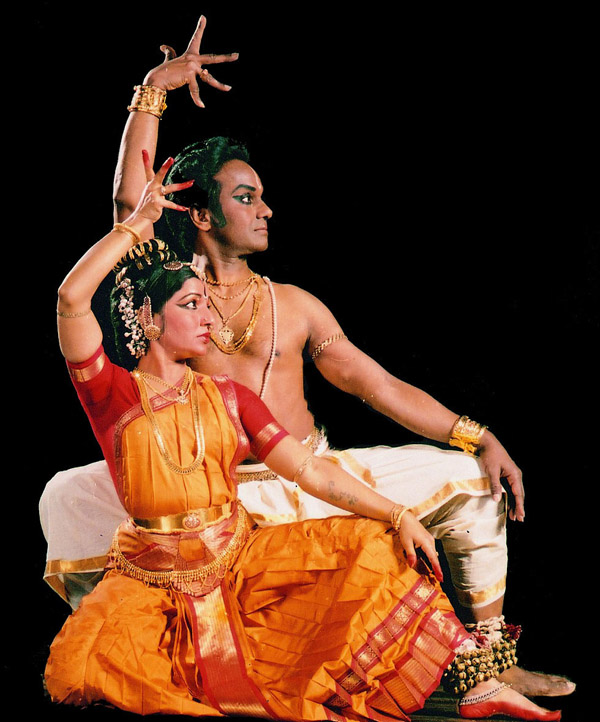
-
Other traditional dance forms:
- Bhāmākalāpam
- The dance form of Bhāmākalāpam of Āndhra Pradeśh mainly deals with the life of the Hindu mythological character Sathyabhāmā. The word ‘Bhāmākalpam’ has been derived by amalgamating two words ‘Bhāmā’ the original name of Lord Kriṣhṇa’s wife, and ‘Kalpam’ means complaint or jealousy. The dancers use stylistic hand gestures, body movements including subtle facial expressions and with more realistic acting. The Bhāmākalpam Dance is quite similar to Kūchipūḍi Dance in terms of physical vigor.
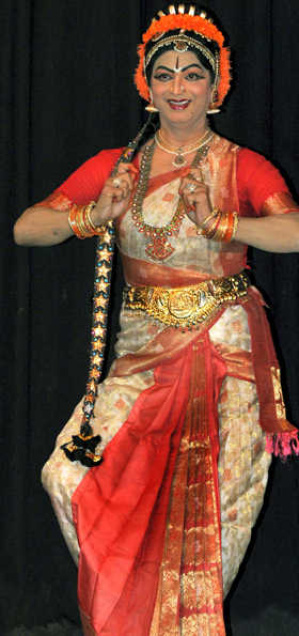
-
Burrakathā
- Burrakathā is a traditional form of performing arts that is very famous in the Indian state of Āndhra Pradheśh It is a kind of story telling that is widely practiced in Āndhra Pradheśh The term ‘burra’ means ‘Thambūra’. It is a stringed instrument that produces musical sound. The term ‘Kathā’ means speech or story. Burrakathā is a dramatic form where the narrator recites a tale through a song. As the storyteller sings out the song, he also dances to the rhythm of the song. Burrakathā story are the historical, mythological and sociopolitical segments. The performance usually starts with songs about Gods, in the evening. The performer then presents the central story by introducing the action’s place, time and historical context, while the ‘hāsyam’ and the ‘rājkīya’ repeat the catchphrase of the story.
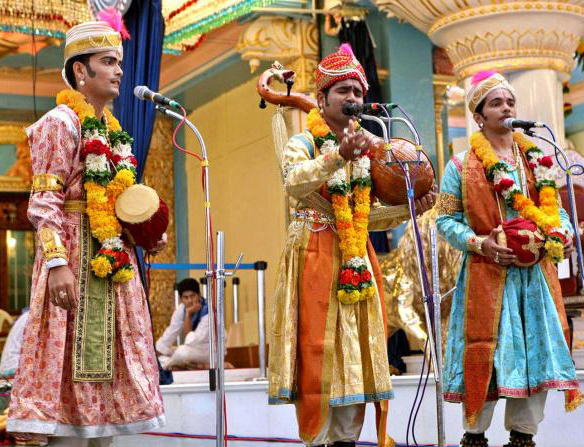
- Vīranātyam
- Vīranātyam, which means the “Dance of the Brave”, is a traditional form of dance is associated with religious significance. Like any other dance form of this state of the country, Vīranātyam even includes a variety of colorful costumes as well as different kinds of musical instruments. The main characteristic features of this dance pattern are the dex ter ous move ments of hands and other skill ful steps.
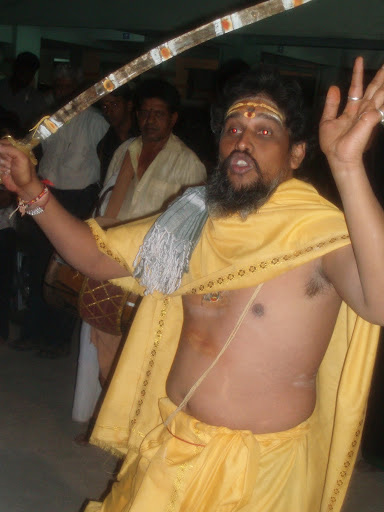
- Stages of Vīranātyam :
This dance pattern, mainly performed by male dancers, has got 3 distinctive stages.
1st Stage: The dance starts with holding a big plate, named as "Vīrabhadra Pallem", which bears camphor fire and is being carried to the elbows from the palms. Till the fire gets extinguished, the dance is performed vigorously to the rhythm of the percussion instruments. A part of this stage is even occupied by a recital called ‘Khadgalu’, where a priest brandishes a huge sword that represents Vīrabhadra.
2nd Stage: This stage is featured with the holding of a long holy pole, which is marked with sacred ash or Vibhūthi that symbolizes the ‘Dhwaja Sthamba’. Bells are tied to the top most part of those sacred poles.
3rd Stage: In this stage, the performers dance with tridents and spears into their tongue, hands and ankles. This is known as ‘Narasam’. Dressed in knee length colorful dhotis along with waist sashes and smeared with sacred ash, these performers end the dance. The main instrument used here is the war drum or "Vīranam". The other musical instruments accompanying this one are Dolu, Sūlam, Thambūra and Thāśha.
-
- Buṭṭa Bommalu
- Buṭṭa Bommalu, literally means puppets made in the form of basket. Buṭṭa Bommalu or the basket puppets are made out of thin bamboo strips. These strips are woven into the shape of long spherical basket figures. The performer of Buṭṭa Bommalu gets into the huge, hollow figure, the puppet. The performance starts with the dancer moving to the rhythm of four ḍappus, a musical instrument. It is generally performed in the open space. Different bright colors are used to make the puppets look attractive. The figures resemble different legendary heroes, the most popular of them being Rāma, Hanumān, Sathyabhāmā, Śhakthi, Kriṣhṇa etc. It also depends on the festival during which Buṭṭa Bommalu is performed.
The folk dances of Āndhra Pradheśh:
- Ḍappu
- Ḍappu is the traditional form of the percussion instruments. It is a very simple drumming instrument. There is also a kind of folk dance named as Ḍappu dance. The Ḍappu drum is still used for any kind of public announcement of any event. Ḍappu is an inseparable part of Āndhra Pradheśh’s rural life. It is equally important in any kind of celebrations, festivities and processions. It is also an integral part of many folk forms of performing arts and folk dances, especially the Ḍappu folk dance.
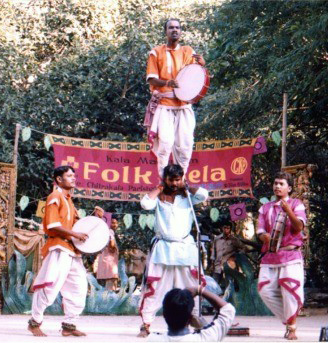
Two small sticks are used to beat the Ḍappu. This results in various types of sounds. The stick that is held in the right hand is a round one and it is about nine inches in length. It is called 'sirre', and is the main hitting device. 'Sitikena - chitikena – pulla' is the other stick and it is thin. It is a little longer than the other one. The expert drummer produces different sounds by putting his left palm on the upper rim of the frame. The stick in the left hand is used to control the rhythm. The different kind of “drumming styles” is known as "ḍebba". The different dance steps or the leg movements are called 'aḍugu'. Each step has individual names like 'āta Ḍappu ', 'okka sira Ḍappu ', 'samidika Ḍappu ', 'maḍil Ḍappu ', 'gundam Ḍappu ' etc. One innovative kind of Ḍappu is 'KolāṭṭamḌappu '. In Kolāṭṭam an artiste holds his own Ḍappu under the arm and strikes each other's Ḍappu. The dancers sing a folk song usually of humorous tone.
- Kolāṭṭam
- Kolāṭṭam is an art form of Āndhra Pradheśhplayed with sticks. In Sanskrit, it is referred to as Hallisaka and Dhanḍarasaka. In ancient days females dancers played Kolāṭṭam in temple halls as an offering to the Lord. But now it has evolved as a folk art form that is performed by male dancers. Kolāṭṭam is generally performed by a group of dancers comprising of twenty to forty performers or the minimum of eight members. The number of dancers are always in even numbers led by a leader.
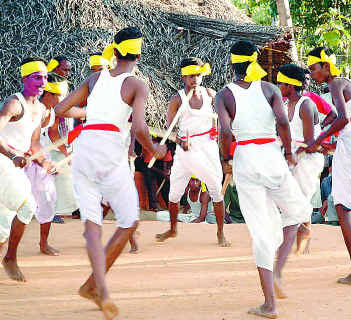
-
- Lambāḍi
- Lambāḍi is related to the Lambāḍi tribe, who lead a semi-nomadic life in Āndhra Pradheśh The dancers perform this dance to rejoice an abundant harvest or a good sowing season. They dress themselves in brass anklets, bangles, embellished jewelry and glass beads. The day to day tasks of a farmer, like reaping, harvesting, planting, sowing etc. are represented in the Lambāḍi Dance.
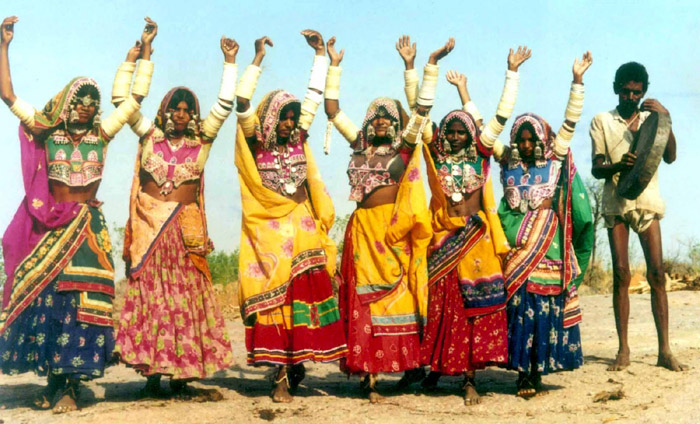
The Lambāḍi dancers dress up in gaudy dresses by wearing long colorful skirts decorated with mirrors and white broad bone bracelets covering their arms. An interesting fact about the dance form is that it is monopolized by women. It is permeated with fervent grace and lyricism. The subtle sensuality of the dancers make it more appealing. The rhythm and the coordination among the dancers is worth mentioning.
-
- Dhimsa
- The Araku valley located in the Visakhapatnam district is mainly inhabited by Vālmīki, Bagaṭa, Khonḍ and Roṭia tribes. Dhimsa is a popular dance of these tribes, performed by tribal men and women. It is performed especially during the month of Chaithra, which falls in March or April, according to Gregorian calendar, and also during weddings and other festivals. Eight types of Dhimsa dance are popular.
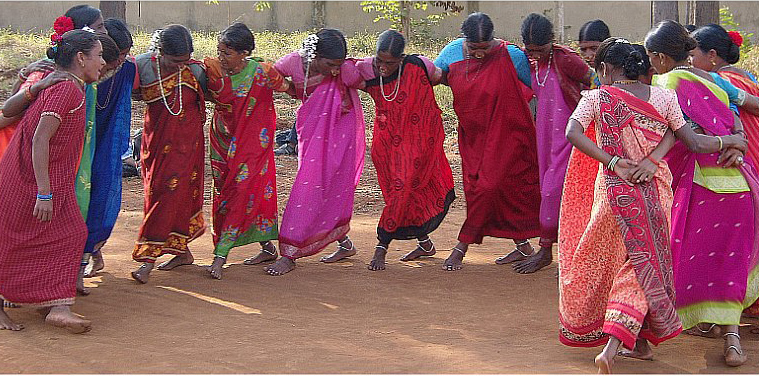
-
Bibliography:
http://www.mapsofindia.com/andhra-pradesh/people-culture-and-festivals/performing-arts.html
http://www.culturopedia.com/Performing_Arts/performingarts.html
http://en.wikipedia.org/wiki/Dance_forms_of_Andhra_Pradesh
http://www.indianetzone.com/1/folk_dances_andhra_pradesh.htm
http://www.travel-andhrapradesh.com/andhrapradesh-dances.htm
http://www.mapsofindia.com/andhra-pradesh/people-culture-and-festivals/music.html














